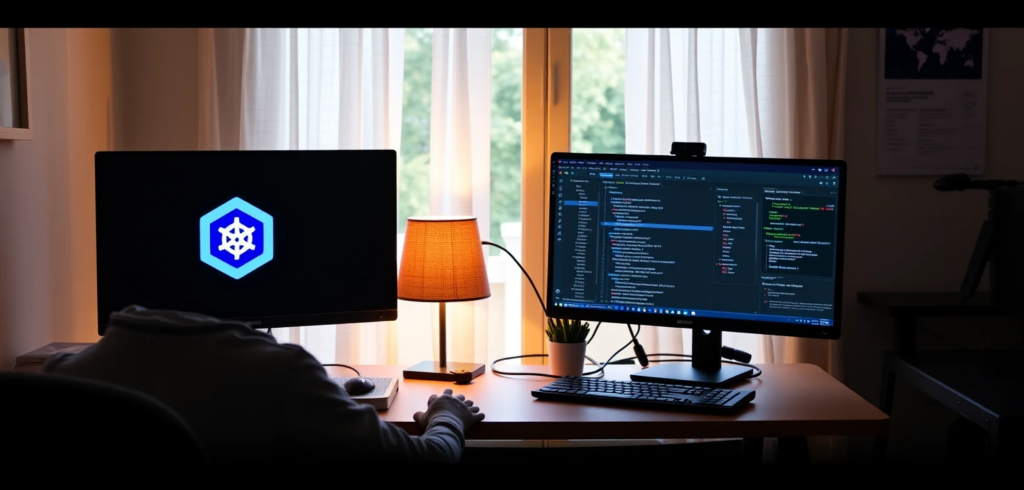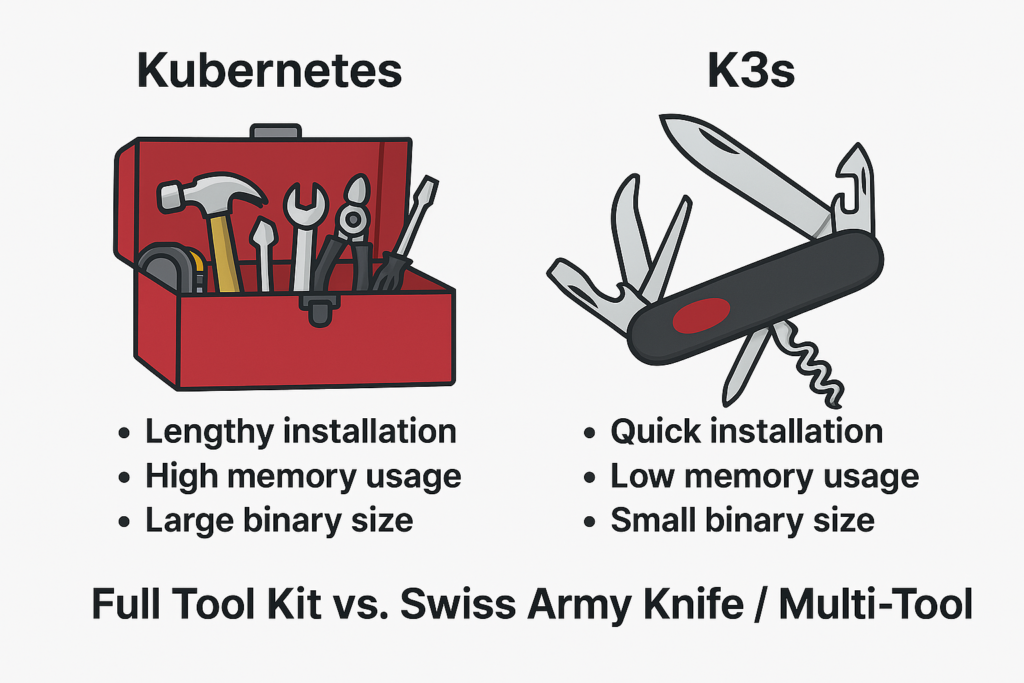
Cloud native development is not just about moving applications to the cloud. It represents a shift in how software is designed, built, deployed, and operated. It enables systems to be more scalable, resilient, and adaptable to change, offering a competitive edge in a fast-evolving digital landscape.
This approach embraces the core principles of modern software engineering, making full use of the cloud’s dynamic nature. At its heart, cloud-native development combines containers, microservices, continuous delivery, and automated infrastructure management. The result is a system that is not only robust and responsive but also efficient and cost-effective.
Understanding the Cloud Native foundation
Cloud native applications are designed to run in the cloud from the ground up. They are built using microservices: small, independent components that perform specific functions and communicate through well-defined APIs. These components are packaged in containers, which make them portable across environments and consistent in behavior.
Unlike traditional monoliths, which can be rigid and hard to scale, microservices allow teams to build, test, and deploy independently. This improves agility, fault tolerance, and time to market.
Containers bring consistency and portability
Containers are lightweight units that package software along with its dependencies. They help developers avoid the classic “it works on my machine” problem, by ensuring that software runs the same way in development, testing, and production environments.
Tools like Docker and Podman, along with orchestration platforms like Kubernetes, have made container management scalable and repeatable. While Docker remains a popular choice, Podman is gaining traction for its daemonless architecture and enhanced security model, making it a compelling alternative for production environments. Kubernetes, for example, can automatically restart failed containers, balance traffic, and scale up services as demand grows.
Microservices enhance flexibility
Splitting an application into smaller services allows organizations to use different languages, frameworks, and teams for each component. This modularity leads to better scalability and more focused development.
Each microservice can evolve independently, deploy at its own pace, and scale based on specific usage patterns. This means resources are used more efficiently and updates can be rolled out with minimal risk.
Scalability meets demand dynamically
Cloud native systems are built to scale on demand. When user traffic increases, new instances of a service can spin up automatically. When demand drops, those resources can be released.
This elasticity reduces costs while maintaining performance. It also enables companies to handle unpredictable traffic spikes without overprovisioning infrastructure. Tools and services such as Auto Scaling Groups (ASG) in AWS, Virtual Machine Scale Sets (VMSS) in Azure, Horizontal Pod Autoscalers in Kubernetes, and Google Cloud’s Managed Instance Groups play a central role in enabling this dynamic scaling. They monitor resource usage and adjust capacity in real time, ensuring applications remain responsive while optimizing cost.
Automation and declarative APIs drive efficiency
One of the defining features of cloud native development is automation. With infrastructure as code and declarative APIs, teams can provision entire environments with a few lines of configuration.
These tools, such as Terraform, Pulumi, AWS CloudFormation, Azure Resource Manager (ARM) templates, and Google Cloud Deployment Manager, Google Cloud Deployment Manager, reduce manual intervention, prevent configuration drift, and make environments reproducible. They also enable continuous integration and continuous delivery (CI/CD), where new features and bug fixes are delivered faster and more reliably.
Advantages that go beyond technology
Adopting a cloud native approach brings organizational benefits as well:
- Faster Time to Market: Teams can release features quickly thanks to independent deployments and automation.
- Lower Operational Costs: Elastic infrastructure means you only pay for what you use.
- Improved Reliability: Systems are designed to be resilient to failure and easy to recover.
- Cross-Platform Portability: Containers allow applications to run anywhere with minimal changes.
A simple example with Kubernetes and Docker
Let’s say your team is building an online bookstore. Instead of creating a single large application, you break it into services: one for handling users, another for managing books, one for orders, and another for payments. Each of these runs in a separate container.
You deploy these containers using Kubernetes. When many users are browsing books, Kubernetes can automatically scale up the books service. If the orders service crashes, it is automatically restarted. And when traffic is low at night, unused services scale down, saving costs.
This modular, automated setup is the essence of cloud native development. It lets teams focus on delivering value, rather than managing infrastructure.
Cloud Native success
Cloud native is not a silver bullet, but it is a powerful model for building modern applications. It demands a cultural shift as much as a technological one. Teams must embrace continuous learning, collaboration, and automation.
Organizations that do so gain a significant edge, building software that is not only faster and cheaper, but also ready to adapt to the future.
If your team is beginning its journey toward cloud native, start small, experiment, and iterate. The cloud rewards those who learn quickly and adapt with confidence.











